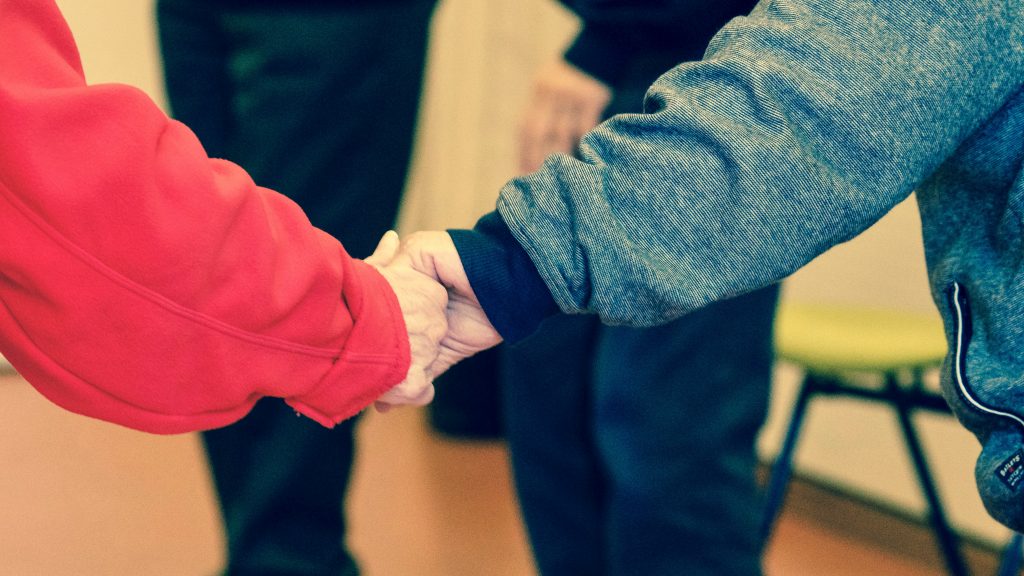Are you caregiving for a loved one at home? If caregiving isn’t your primary occupation, it’s easy to become overwhelmed. Even when you have other people helping out, caregiving is an intense job that requires energy, patience, and planning.
To make caregiving easier for you and your loved one, and to avoid caregiver burnout, try these home health hacks.
1. Get paid to be a caregiver for your loved one
Due to the severe shortage of home health providers, most states have Medicaid-sponsored programs where you can get certified and paid by the state to provide caregiving services. For example, in New York, the Medicaid Consumer Directed Personal Assistance Program (CDPAP) allows patients to hire friends and family members as paid caregivers (excluding the patient’s spouse).
Getting paid to be your loved one’s official caregiver will provide you with some income if you have to quit your job or take time off to help out.
2. Don’t put money into your loved one’s home
If your loved one is on Medicaid, don’t put any money into fixing up their home unless it’s for modifications to help meet their current needs. If you’re handling paperwork and dealing with agencies, your job as a caregiver can become extremely complicated if Medicaid decides to take the house as repayment for services.
Even when you think your situation makes the house exempt from being seized, don’t count on it. Many people have made every effort to do everything by the book only to have Medicaid take the house in the end. There are tiny mistakes that are easy to miss and those tiny misunderstandings and oversights can be costly.
3. Use a whiteboard to track medication administration
Some medications need to be administered every 4, 8, or 12 hours while others only need to be taken once per day. It’s important to track the times you administer medication just in case you change the time. For example, you might begin administering a 12-hour medication at 9am and 9pm and then need to change the time to 11am and 11pm. Other caregivers need to know about the time change to avoid administering the second dose too soon.
Put a whiteboard on the wall to track medication administration. Make a simple chart of all medications and write in the time of administration for each day in the week. The person who relieves you – whether they’re a friend or a home health care worker from an agency – will appreciate the documentation.
4. Apply for unemployment benefits
In some circumstances, quitting your job voluntarily can make you eligible for unemployment benefits, however, only 25 states in the U.S. consider family care a good cause for voluntarily leaving a job.
People have received unemployment benefits after leaving a job to take care of a family member, but that number is low. Regardless, it doesn’t hurt to apply. Just keep one thing in mind: to qualify for unemployment benefits, you must be available to return to work full or part-time.
Maintaining full or part-time availability might be hard if you really can’t go back to work. However, look for jobs in your industry that allow working remotely from home.
To get an idea of state laws at-a-glance, AARP published a color-coded map denoting the rules in each state.
5. Split tasks among caregivers according to ability
Split the workload according to each caregiver’s ability when the person you’re caregiving for requires a wide range of tasks like cleaning, cooking, transferring, and bathing. The strongest people should be tasked with transfers. This is obvious, but it’s easy to overlook when you’re just getting into a routine. For instance, if you aren’t keeping this in mind, you might accidentally schedule someone with a bad shoulder to stay overnight and it’s going to be an issue when your loved one needs help being transferred to the toilet.
6. Vet agency-provided caregivers carefully
Home care agencies are supposed to run background checks on their employees, but sometimes they only check with one state. See if you can get permission to run a federal background check on every caregiver you’re provided.
Vet your caregivers carefully. Make sure they can perform the duties they’re being paid to perform. If you don’t feel comfortable leaving your loved one alone with a caregiver, request a replacement immediately.
Take care of yourself
Caregiving is challenging both physically and mentally. Take care of yourself by getting enough rest and taking breaks. Caregiver burnout is real and it can be avoided with a little self-care.



